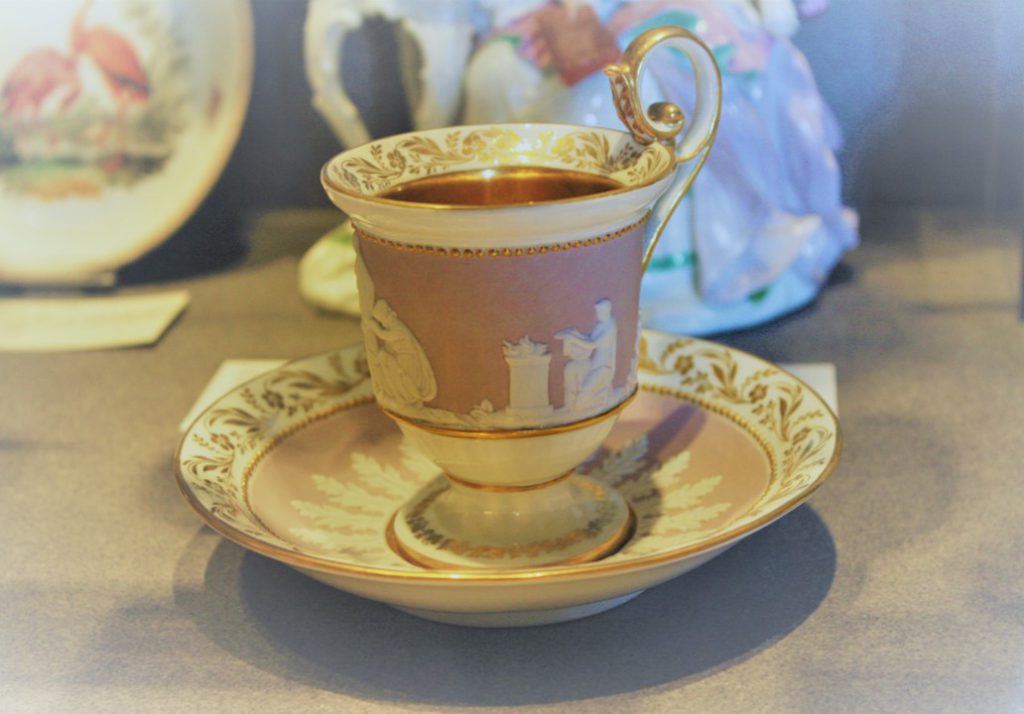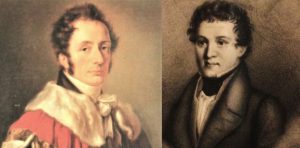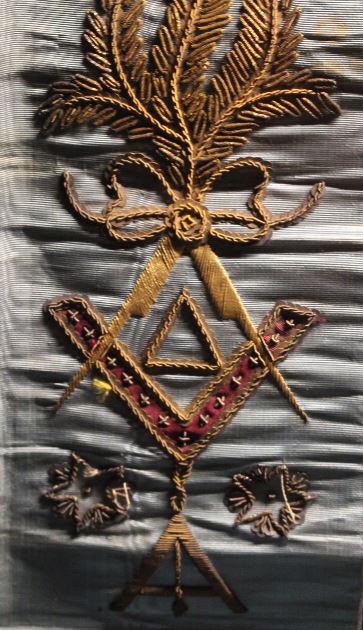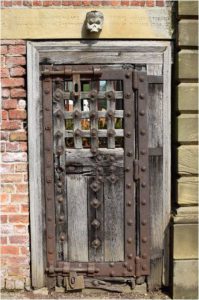
Let’s imagine you are a dealer of tea in London during the 18th century. Over the past decades, tea, once the luxury product for the super-rich, has reached the middle and lower classes. It is highly popular. This means a large target group for your product, but also a higher demand that must be met in times of war, trade embargos and economic depression. Tea leaves are expensive and there are heavy duties on it payable to government.
In short: Times are rough, life is hard – it thus seems rather pardonable to find ways to enrich yourself by certain methods one might call imitating tea (‘counterfeit’ is such a harsh word). Nobody will ever find out, and of course, you don’t mean to harm anyone. Plus, you are doing a favour to the lower classes that would not be able to enjoy a nice cup of tea at all if they had to pay the prices for genuine tea. Right?
Now, let’s see how tea was be imitated in the 18th century …




